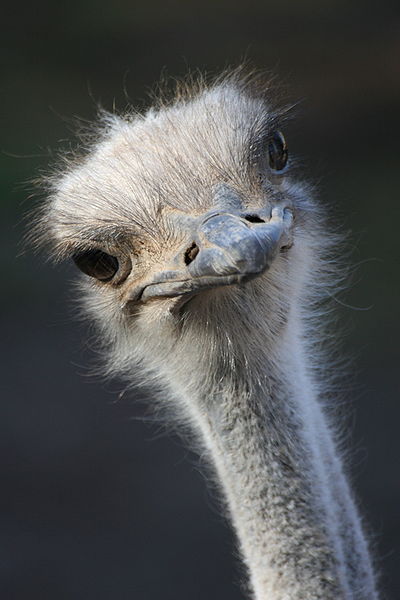Head circumference data: references
- Beeby PJ et al. (1996) New South Wales population-based birthweight percentile charts. J Paediatr. Child Health 32:512-516. Abstract on Pubmed.
- Zong XN, Li H. Construction of a new growth references for China based on urban Chinese children: comparison with the WHO growth standards. (2013) PloS one 8(3):e59569 doi: 10.1371/journal.pone.0059569. Full text on PubMed.
- Zaki ME et al (2008) Head circumference reference data for Egyptian children and adolescents. E Med Health J 14(1):69-81. Full text from the WHO.
- Guihard-Costa AM et al. (1997) Sexual differences in anthropometric measurements in French newborns. Biol Neonate 72(3):156-164. Abstract on Pubmed.
- Remontet L et al. (1999) Courbes de croissance de la naissance à 6 ans: croissance en poids, taille et périmètre crânien selon le sexe. Arch Pédiatr 6(5):520-529. Abstract from publisher.
- Data taken from Greek national growth references, available from the Greek Ministry of Health.
- Fok TF et al. (2003) Updated gestational age specific birth weight, crown-heel length, and head circumference of Chinese newborns. Arch Dis Child Fetal Neonatal Ed 88(3):F229-F236. Full text on PubMed.
- Kandraju H et al. (2012) Gestational age-specific charts for anthropometry at birth for South Indian infants. Indian Pediatr 49(3): 199-202. Full text from publisher.
- Samms-Vaughan M et al. (2006) Growth Curves for Normal Jamaican Neonates. West Indian Med 32(5):368-374. Full text from Scielo.
- Anzo M, Takahashi T et al. (2002) The cross-sectional head circumference growth curves for Japanese from birth to 18 years of age: the 1990 and 1992-1994 national survey data Ann Hum Biol 29(4):373-378. Abstract on PubMed.
- Ooki S, Yokoyama Y. (2003) Reference birth weight, length, chest circumference, and head circumference by gestational age in Japanese twins. J Epidem 13(6):333-341. Full text from publisher.
- Kalanda B.F. et al. (2005) Anthropometry of Malawian live births between 35 and 41 weeks of gestation. Ann Hum Biol 32(5):639-649. Abstract on PubMed.
- Júlíusson PB et al. (2009) Growth charts for Norwegian children. Tidsskr Nor Legeforen 129:281-286. Full text.
- Carrascosa A et al (2004) Patrones antropométricos de los recién nacidos pretérmino y a término (24-42 semanas de edad gestacional) en el Hospital Materno-Infantil Vall d'Hebron (Barcelona) (1997-2002). An Pediatr (Barc) 60(5):406-16. Abstract on Europe PMC.
- Niklasson A & Albertsson-Wikland K (2002) Continuous growth reference from 24th week of gestation to 24 months by gender. BMC Pediatr 8:8. doi:10.1186/1471-2431-8-8. Full text on PubMed.
- Werner B & Bodin L (2006) Head circumference from birth to age 48 months for infants in Sweden. Acta Pædiatrica 95(12):1601-1607. Abstract on PubMed.
- Daymont C et al. (2010) Head circumference distribution in a large primary care network differs from CDC and WHO curves. Pediatrics 126(4): e836-842. Abstract on PubMed.
- Olsen IE et al. (2010) New intrauterine growth curves based on United States data. Pediatrics 125(2):e214-224. Abstract on PubMed.
- World Health Organization (2007) WHO Child Growth Standards: Head circumference-for-age, arm circumference-for-age, triceps skinfold-for-age and subscapular skinfold-for-age: methods and development. Geneva: World Health Organization. Full text from WHO.
Australia
China
Egypt
France
Greece
Hong Kong
India
Jamaica
Japan
Malawi
Norway
Spain
Sweden
United States
World Health Organization
Page last modified on 18 April 2022.


